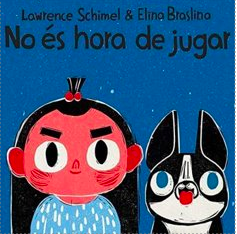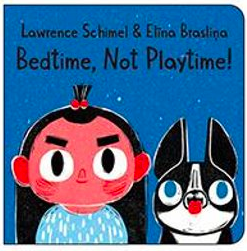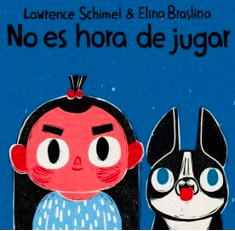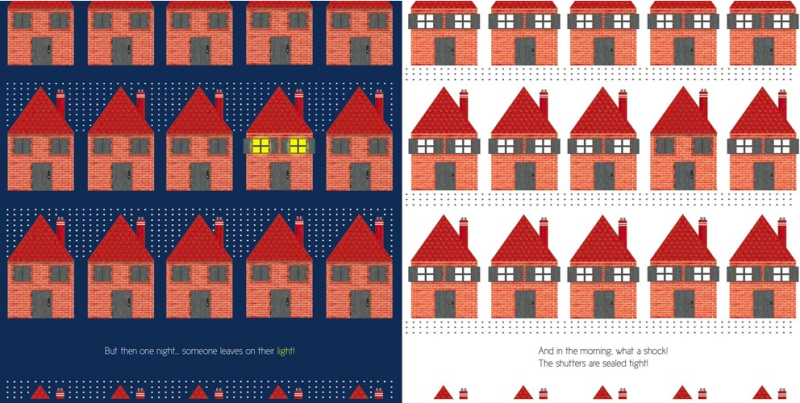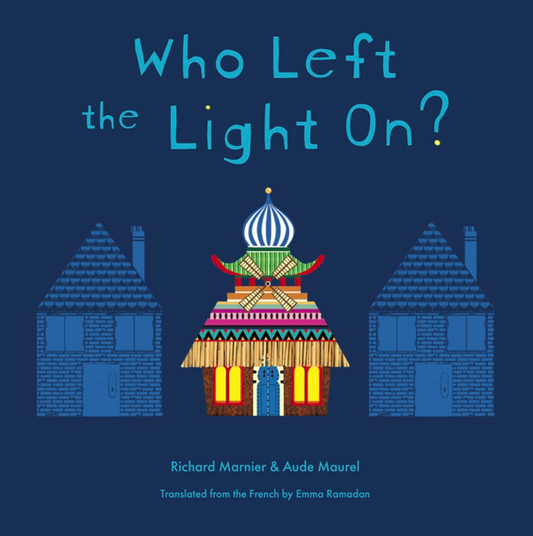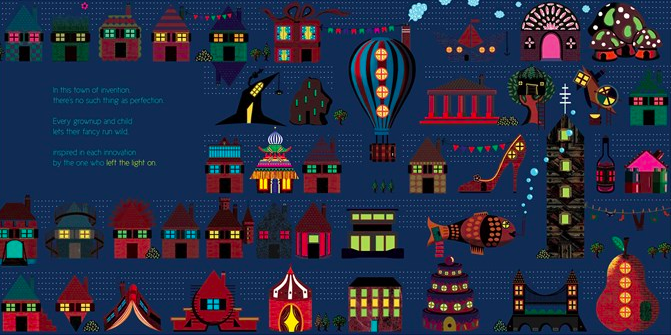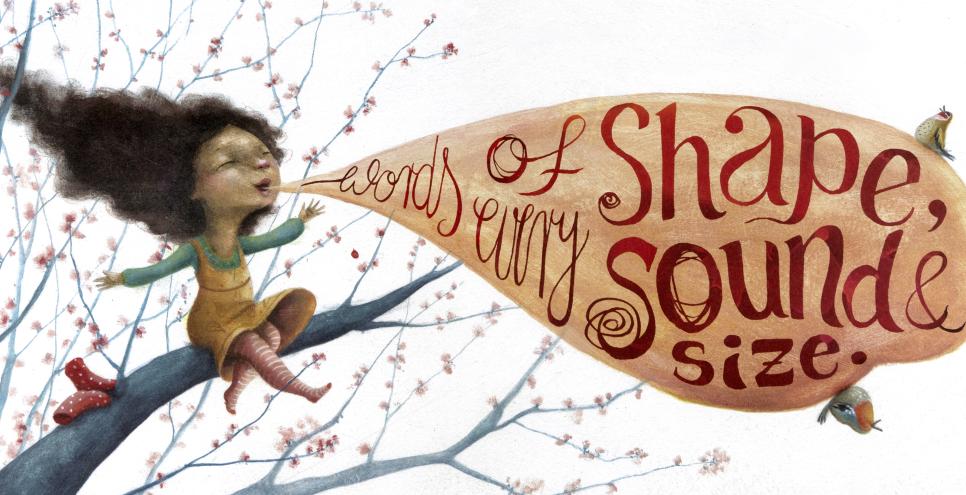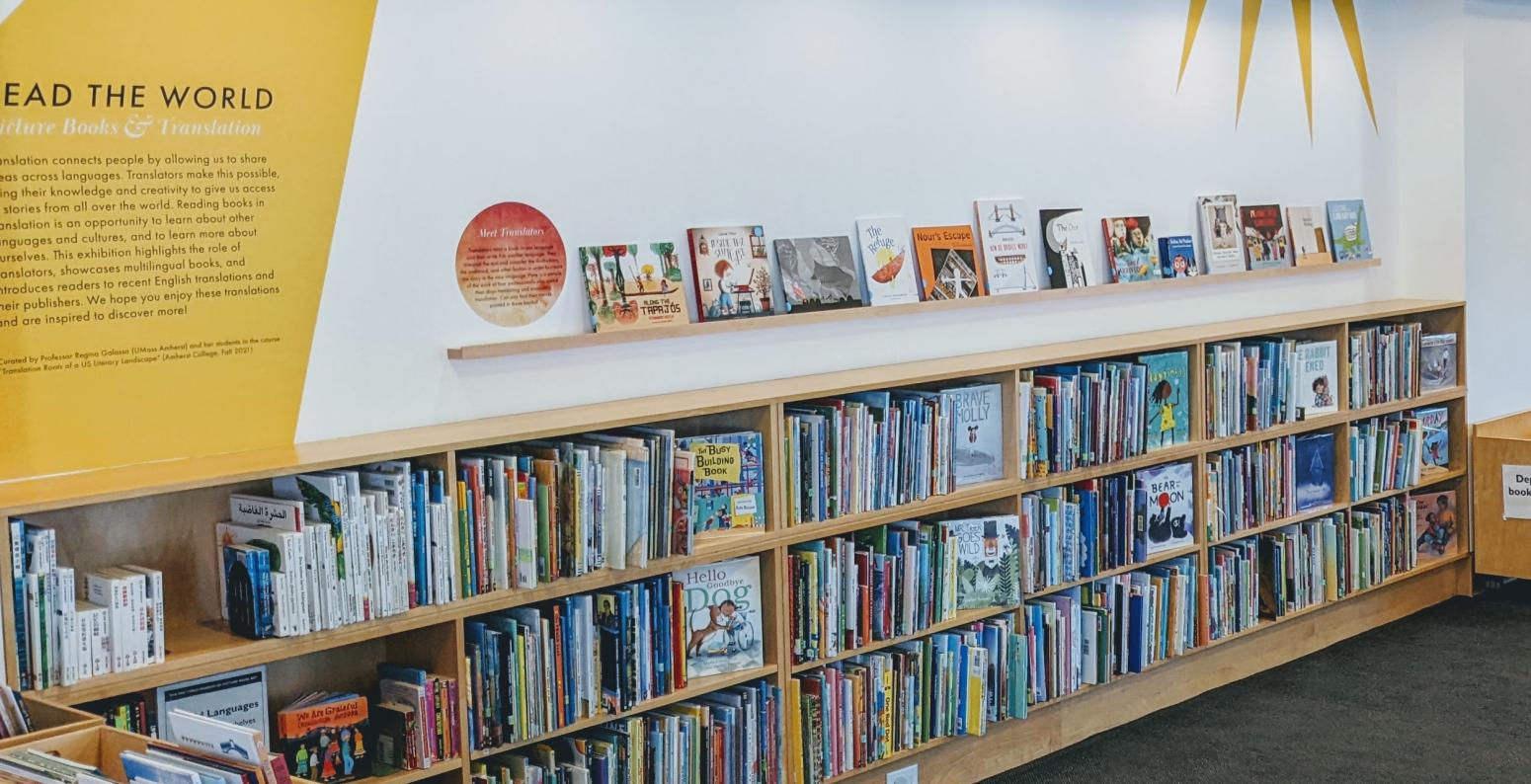
Curating a Book Exhibition that Highlights Translation
Reading books that come from languages we don’t know is crucial to gaining a broader perspective of the world. To do this, we need translators and translations. While translations of English-language books are widely circulated in other countries, only a small percentage of books available in the United States are translations from other languages. The lack of translated books in circulation in the United States limits access to the stories of those who have experiences that are different from our own and dampens inspiration to learn other languages. Moreover, if we didn’t read picture books in translation, that would mean that we are only reading the works of people who write in the languages we can understand. Picture books in translation provide windows into the experiences, identities, and lives of others, and give us an opportunity to reflect on our own lives.
We owe our ability to access books that are not written in a language we can read to the knowledge and creativity of translators. Translators work by reading a book in one language and then writing it in another language for a new audience. When translators translate picture books, they must also find congruence between text and image that may have different appearances in different cultures.
Meet Translators
For the first section of the exhibition, “Meet Translators,” we wanted to focus on translators and the work they do. It was tricky to come up with how we would carry out our idea of emphasizing translators as key players in the book world. Translators are not always adequately recognized for their work. It can be hard to identify when a book is a translation because the translator’s name doesn’t always appear on the cover. Clearly the work of translators is essential, but they rarely receive the recognition they deserve.
Our solution was to choose four translators–because of the limitations of space in the Reading Library–of picture books who have dynamic professional profiles and are expanding the numbers of books available in English that were first born into other languages. Ruth Ahmedzai Kemp, Daniel Hahn, Lawrence Schimel, and Helen Wang were selected for several reasons including the variety of languages they collectively represent: Arabic, Catalan, Chinese, French, Portuguese, Russian, and Spanish. The books in this section are books they translated.
With the book selection, we also wanted to include surprises to touch on the complexities of translation. For instance, in “Meet Translators,” we have Lawrence Schimel’s book Bedtime, Not Playtime in three languages: Catalan, English, and Spanish. Each language has its own book and all three are by Lawrence. Our exhibition visitors might ask “Which did Lawrence write first? Is he the translator of the subsequent versions? How will we find out? Is this something we really need to know?”
See Languages
This section of the exhibition features just a very small portion of the many languages throughout the world. And since many of these languages do not appear in books or get translated into English, we wanted to highlight the importance of multilingual books, how they give us access to new languages, and invite questions about translation. They can also connect people that share the same community.
One of the books highlighted in this section is Mii maanda ezhi-gkendmaanh/This is How I Know. Its author, Brittany Luby, is of Anishinaabe descent and drew on childhood experiences spending time with elders to form the book’s inspiring, beautiful narrative. With each page turn, we see an Anishinaabe grandmother teaching her grandchild to look closely at the natural wonders that each season brings. Throughout the book, from the jacket and jacket flaps to the title page and pages of the story, Anishinaabemowin always precedes the English text.
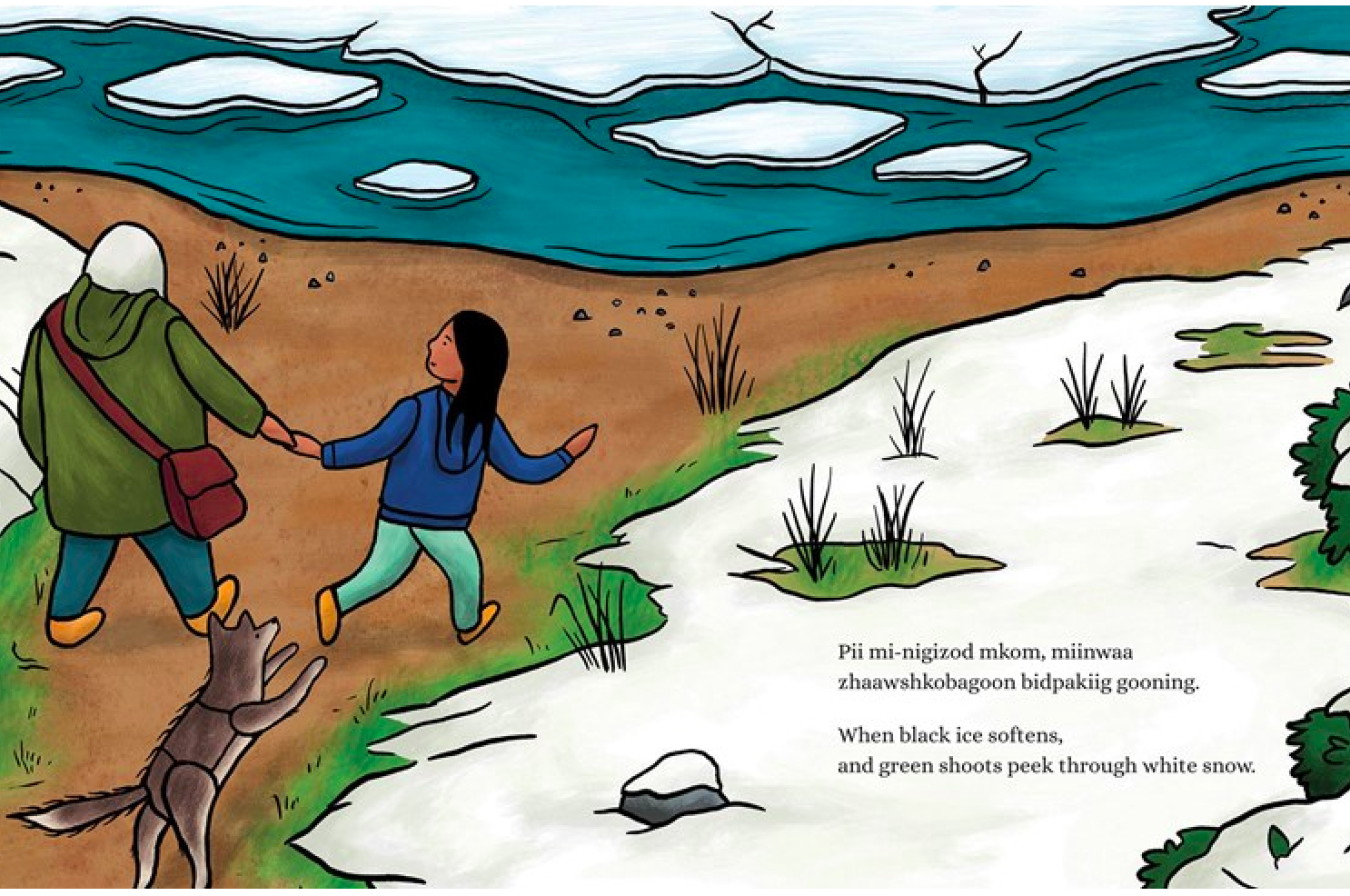
Father and son team Alvin Ted Corbiere and Alan Corbiere, who are Anishinaabe from M’Chigeeng First Nation, translated the text. They also collaborate on curricular materials in Anishinaabemowin for learners of all ages.
Expand the Story
Different languages need translators and translators need publishers in order to help stories reach readers. The books in this section are recent translation treasures from some publishers who are committed to sharing stories from around the world. In addition, this section stresses that reading books in translation helps us grow as readers, thinkers, and citizens of the world. Books born in other languages present familiar themes in different ways, with the possibility of expanding our thinking about those themes. This section asks readers to reflect on what attracts them to a certain book and why. Will this discovery lead to further exploration of books born into a certain language or region of the world?
One of the books in this section is Who Left the Light On? by Richard Marnier, with illustrations by Aude Marel, translated into English by Emma Ramadam, and published by Restless Books in 2018. While the title of the book, in English, and its story refer to an individual who did something and the impact of that something, there are no humans visually represented in the book. The visually attractive colors and details of the illustrations, along with a story of what happens when someone does something out of the norm, address diversity, creativity, and self-expression. This is all done through the representation of architecture and the celebration of someone who took a leap to change the story.
Read the World: Picture Books and Translation was first created in Fall 2021. The book list presents titles that were chosen by a certain group in a certain context. Creating the exhibition in another time and place would mean more translators, more languages, and more stories. We invite teachers, librarians, families, and everyone to continue “Read the World” by creating their own versions of the exhibition in their own spaces. The exhibition structure and text, available in Chinese, English, Japanese, Korean, and Spanish, can serve as a guide, and the additional resources can be easily transferred to other spaces.
No matter how many languages you can read, no matter where you are, we hope you will always make room for literature in translation on your reading lists.

